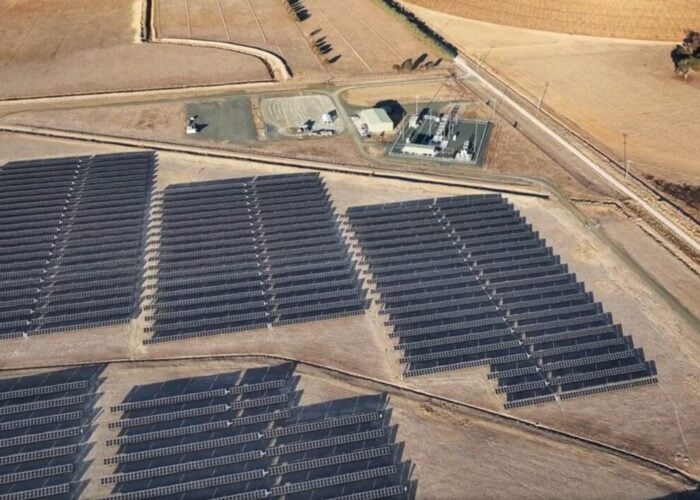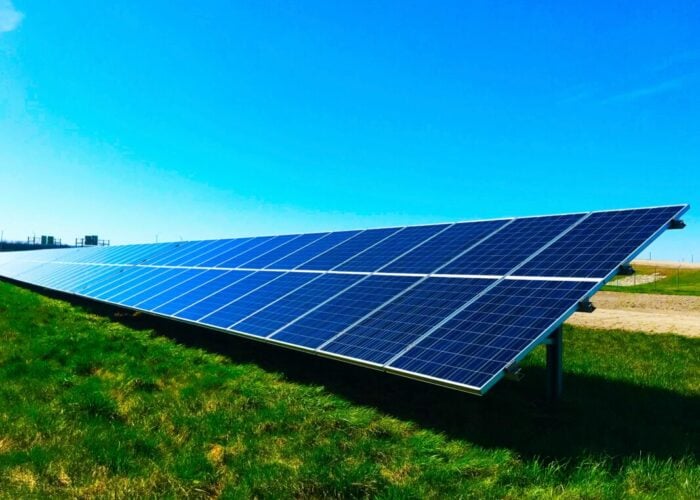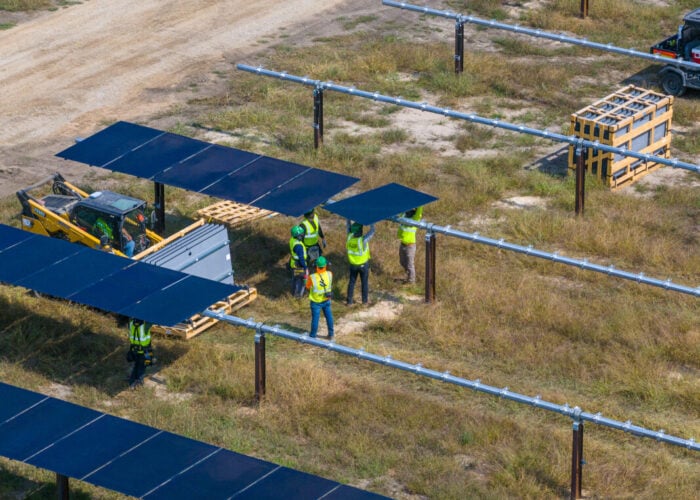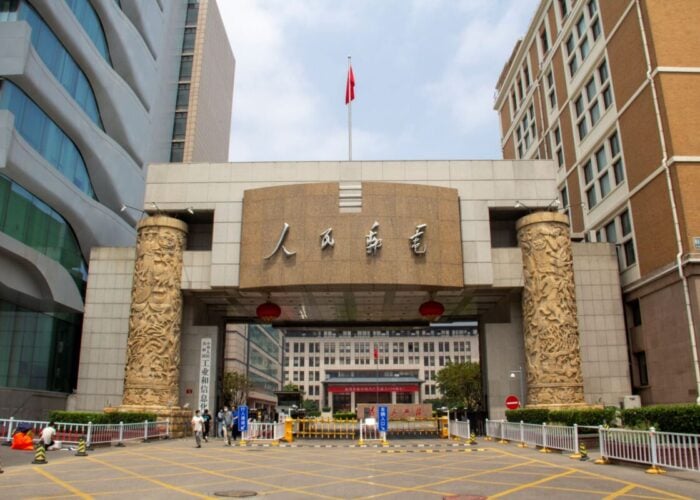
On 11 March, for the first time ever, over 50% of California’s power needs were met with solar power, according to the US Energy Information Administration (EIA).
From the hours of 11am to 2pm, “the total solar share of gross demand probably exceeded 50%,” the EIA said – noting that it was a combination of residential and commercial rooftop generation that constituted 4 million kWh of electricity during peak time.
Try Premium for just $1
- Full premium access for the first month at only $1
- Converts to an annual rate after 30 days unless cancelled
- Cancel anytime during the trial period
Premium Benefits
- Expert industry analysis and interviews
- Digital access to PV Tech Power journal
- Exclusive event discounts
Or get the full Premium subscription right away
Or continue reading this article for free
During the same time window, wholesale electric rates dipped below zero, compared to the average price of between US$14-$45MWh in March between 2013 and 2015. This is because of a net market oversupply; as many forms of power generation cannot be easily shut down when solar generation peaks.
California has seen an almost 50% growth rate in the amount of utility-scale PV installed last year, contributing to the negative power prices. Indeed, the Golden State has almost half of all the solar power in the US. As of December 2016, California’s independent system operator CAISO reported 14GW of distributed solar, rising from less than 1GW in 2007.
The negative wholesale rates did not mean that Californians owed nothing for their power as it is based on averages and not single days. However, it does mean that Californian utilities and energy companies will need to rethink what the integration of such a high level of renewable energy means for the state’s electricity delivery and pricing.
In fact, the situation already has led to the curtailment of solar production during peak hours, with thousands of MWh of potential energy getting switched off, even as other non-renewable plants continue to produce. The introduction of grid-energy storage will be required to effectively supply 24-hour demand from renewable sources.






